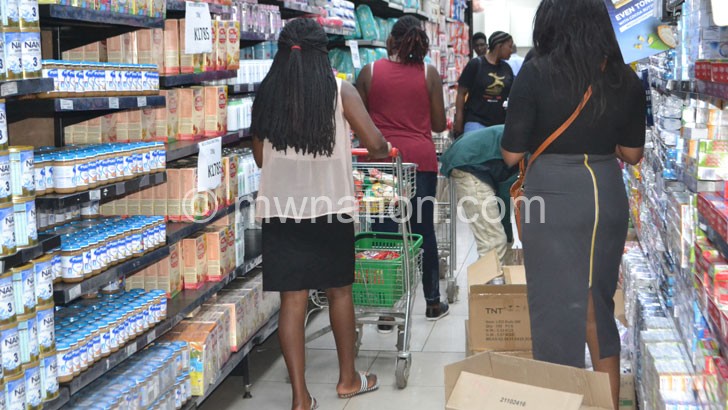Rising global food pricesdash Malawians hopes
Consumers Association of Malawi (Cama) executive director John Kapito says hopes of declining food prices are slowly fading with the current global market trends.
He was reacting to Bank of England’s chief economist Huw Pill’s sentiments to that country’s members of Parliament that a return to cheaper food was “something we may not be seeing for a while yet, if in the future at all”.
Pill observed that the rate at which food prices were rising globally was expected to slow to “about 10 percent by the end of the year”.

In an interview yesterday, Kapito agreed that it will be difficult to see food prices in the short and medium-term slowing or going down.
He said: “The cost of production of food has sharply gone up and this, exacerbated by high transportation costs, is causing food prices to go up.
“The future for food prices going down looks bleak and it is important for consumers to understand and unfortunately, this is made in economies where the prices of food dominate the inflation basket as we will continue witnessing high inflation made worse by high food prices.”
Prices of maize, which as part of the food component accounts for about 53.7 percent of the consumer price index, an aggregate basket of goods and services used for computing inflation, have continued to escalate even before the lean season.
Published data from the United States funded Famine and Early Warning Systems Network (FewsNet) show that maize prices in Malawi have continued to trend higher than both the previous year and the five-year average, rising by an average of between five and 50 percent in a month.
The data show that maize prices have averaged between K520 per kilogramme (kg) and K700 per kg, raising fears of food insecurity.
Meanwhile, headline inflation has continued to surge with Reserve Bank of Malawi (RBM) data showing that in the second quarter (April to June 2023), inflation rose to an average of 28.4 percent, from 26.5 percent in the last quarter as compared to 19.4 percent in the same quarter the previous year.
The outturn was driven by an acceleration in food inflation, which rose to an average of 38 percent during the review period, from 31.7 percent in the previous quarter and compared to 25.4 percent in the same quarter the previous year. This is in part due to maize shortage.





